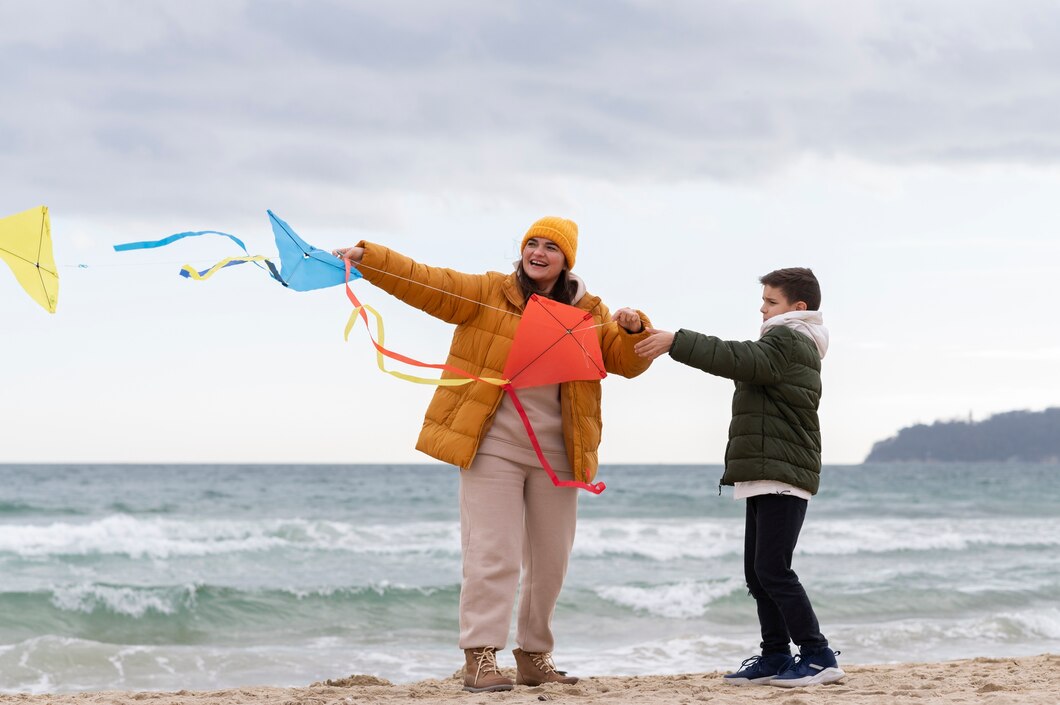
Sponsored article
Ready for an adrenaline-pumping adventure that combines the thrill of surfing, the excitement of flying a kite, and the exhilaration of skimming across the water at high speeds? Welcome to the world of kitesurfing! This extreme water sport has enthralled millions worldwide with its unique combination of elements from windsurfing, snowboarding, wakeboarding, and paragliding. But before diving head-first into the water, it is essential to get a handle on the basics. This guide will aid beginners in understanding the sport and its allure, choosing the right equipment, and learning about the vital safety measures and basic techniques necessary for an unforgettable kitesurfing experience.
Kitesurfing, or kiteboarding, is an exhilarating fusion of various extreme sports, bringing together elements of wakeboarding, windsurfing, surfing, paragliding, and gymnastics into one unique water sport. This action-packed discipline is known for its high jumps and powerful tricks, contributing to the allure of kitesurfing. It’s a heart-racing workout on the water, a spectacular show on the waves, and a communion with nature, connecting wind and sea in a thrilling dance.
In recent years, the global appeal has grown significantly, attracting adrenaline junkies and ocean lovers alike. It’s no wonder why so many are drawn to this extreme water sport. For beginners looking to start exploring this exciting journey, Infinity Sport Kitesurfing offers a wide range of kitesurfing essentials, comprehensive lessons, and community support, ensuring a memorable experience.
Diving into the captivating world of kitesurfing requires some quality kitesurfing equipment personalized to your needs as a beginner. A fundamental aspect of your kitesurfing journey involves choosing the right gear where the kite, the kiteboard, and the harness play crucial roles.
Here’s a quick run-down for beginners:
Selecting the right kitesurfing equipment will ensure a safe and exhilarating experience from the start, helping beginners pursue their kitesurfing journey with confidence.
Safety is pivotal when embracing the adrenaline rush of kitesurfing. Following strict safety measures can protect beginners from potential hazards. First, always check the equipment for any damage – a seemingly minor tear can lead to a major problem. Second, never skip wearing your safety gear, including helmet and buoyancy aid. It’s also crucial to observe the weather and water conditions. Turbulent seas or stormy weather can make kitesurfing excessively dangerous.
However, safety measures alone aren’t enough to tackle the waves with confidence. Learning basic techniques is an essential step of the process. Beginners should master controlling the kite on land before moving to water. Understand the wind window, practice powering the kite, and get a hang of body dragging. Opting for professional kitesurfing lessons can speed up this learning curve, as experienced instructors can provide valuable guidance and actionable feedback. Remember, kitesurfing is a thrilling sport, but don’t forget the cardinal rule – safety always comes first.